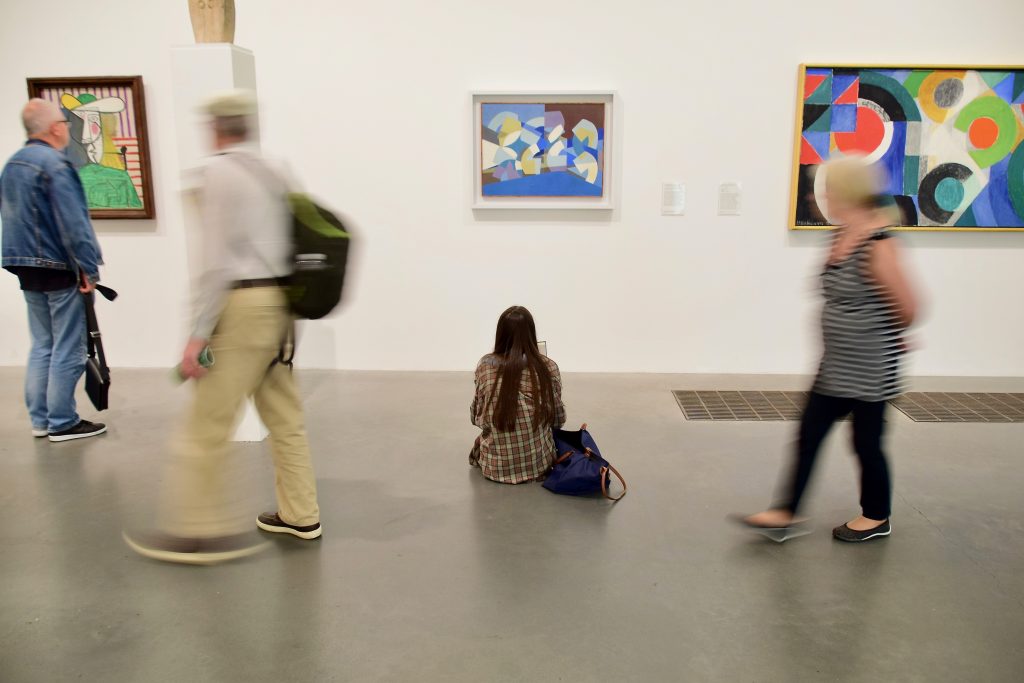Jessie Richard looks through archival material in Brock’s Archives and Special Collections.
Originally published in The Brock News | FRIDAY, JUNE 17, 2022 | by Charles Kim
When Jessie Richard enrolled as a Brock University Visual Arts student, she never dreamed it would lead to a career in the world of museums.
Her time studying at the Marilyn I. Walker School of Fine and Performing Arts opened her eyes to opportunities she had never given thought to before, an experience that has now inspired her future path.
Richard received her Bachelor of Arts during Brock’s Spring Convocation Friday, June 17, after deferring her graduation a year in hopes of attending an in-person celebration.
“My entire experience at the Marilyn was amazing,” she said, while looking back on her studies. “The faculty really made you feel like they were taking care of you every step of the way.”
In addition to her Visual Arts courses, Richard took drama classes and spent time in the wardrobe and lighting departments.
“It’s nice that when you were in the Marilyn, you were able to really scatter yourself around all the different departments,” she said. “I had a really fantastic time in that way. I really got to expand my horizon.”
As Richard continued her education, she was drawn to courses taught by Keri Cronin, Associate Professor of History of Art and Visual Culture.
“I had been taking many of Keri’s classes because I really loved her platform, the way she taught, the integration of collaboration and in-person work, and the research,” Richard said.
Through the courses taught by Cronin, Richard discovered a way to get closer to the in-class material through an experiential learning opportunity. She applied to become a research assistant under the supervision of Cronin and soon found herself mesmerized by archival artifacts.
“When Keri and I were at the Archives at Brock, I was able to take a quick peek in the back area,” she said. “Going through these newspapers and handwritten letters, there’s just something special about being able to touch a piece of history.”
Cronin was thrilled to see Richard’s love for history and research grow.
“What makes her story kind of cool is that she found her passion through this backdoor,” Cronin said. “It was through this opportunity with me that she really discovered where she wants to be, and she is really just running with it.”
Since completing her studies, Richard has gone on to work as the Collections Assistant at the St. Catharines Museum and the Museum of Industry in Stellarton, Nova Scotia. She currently works as an Archivist at the Kay-Nah-Chi-Wah-Nung Historical Centre in Stratton, Ont.
As she reminisced about her experience at Brock and the excitement of Convocation, Richard provided one last piece of advice for current students.
“I took classes I thought I would never like, and I loved them,” she said. “I didn’t go into this thinking I would work in museums, but because I didn’t turn any opportunity down, I found my passion and a career path that speaks to my soul.”












 Dr.
Dr.